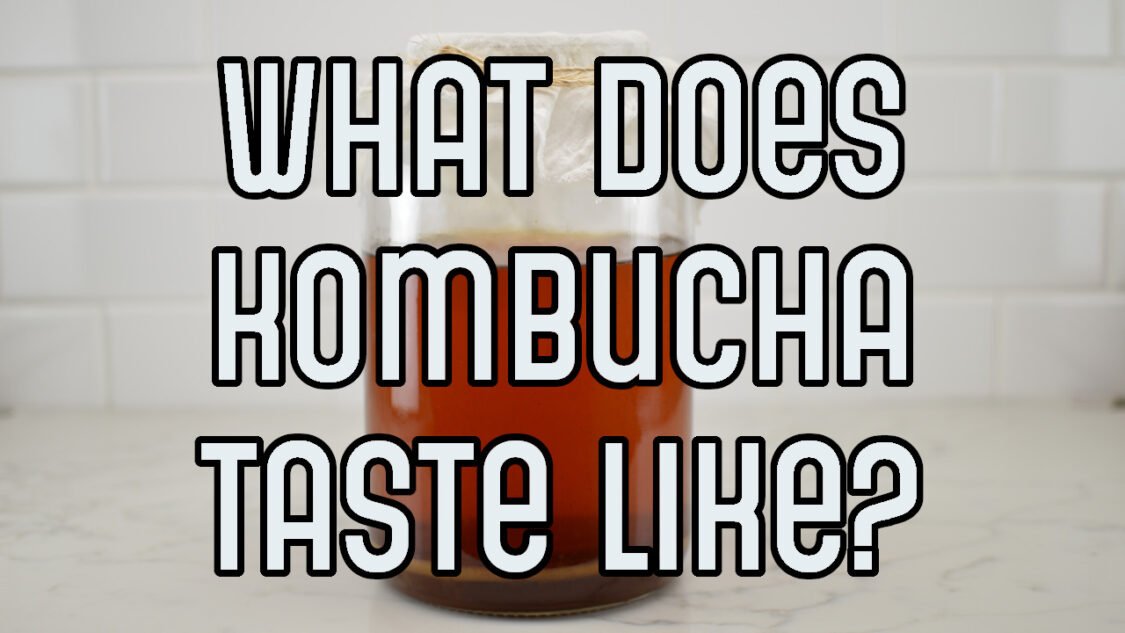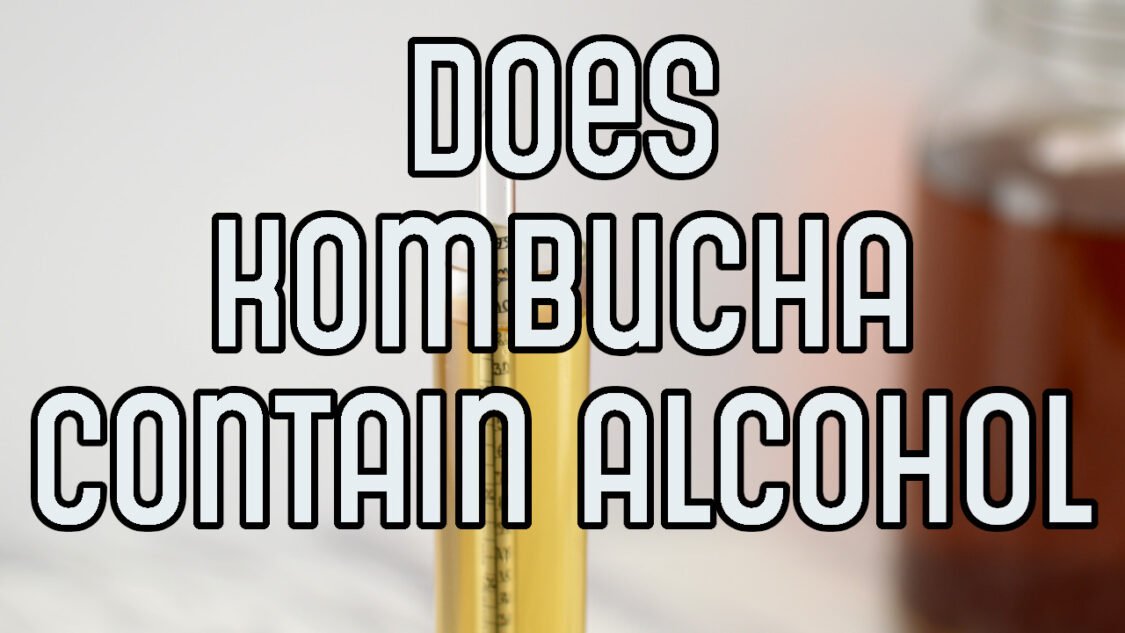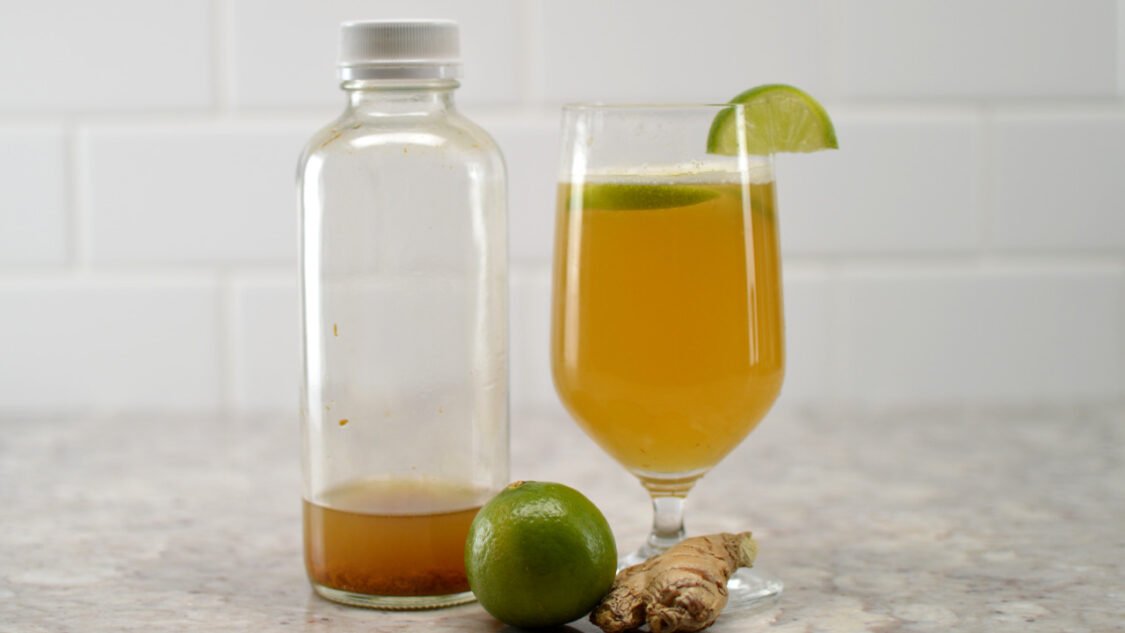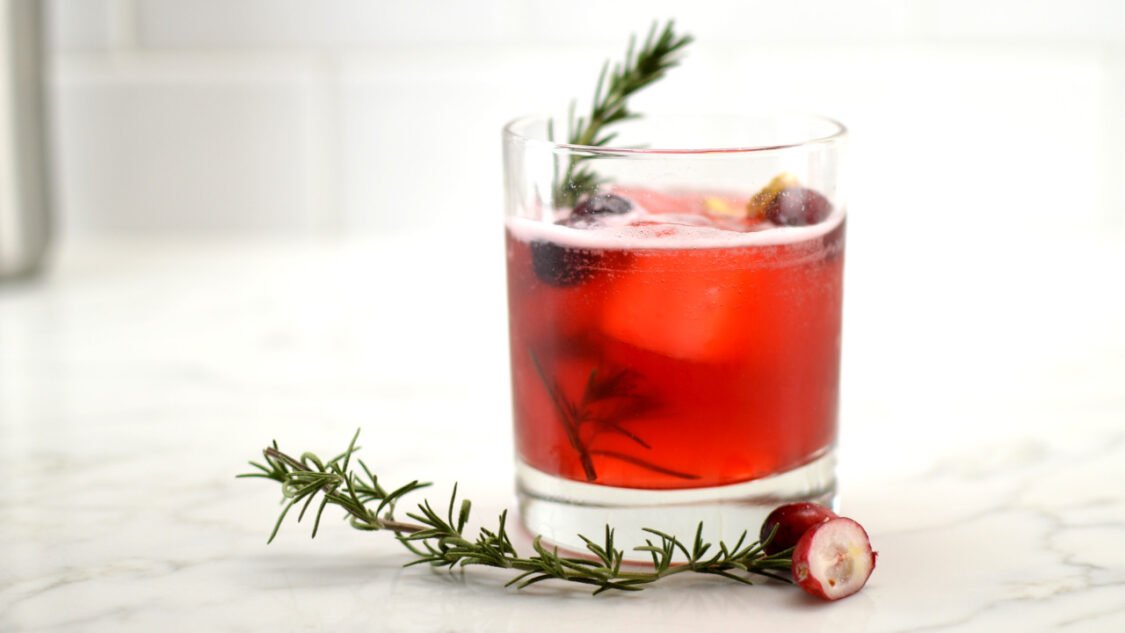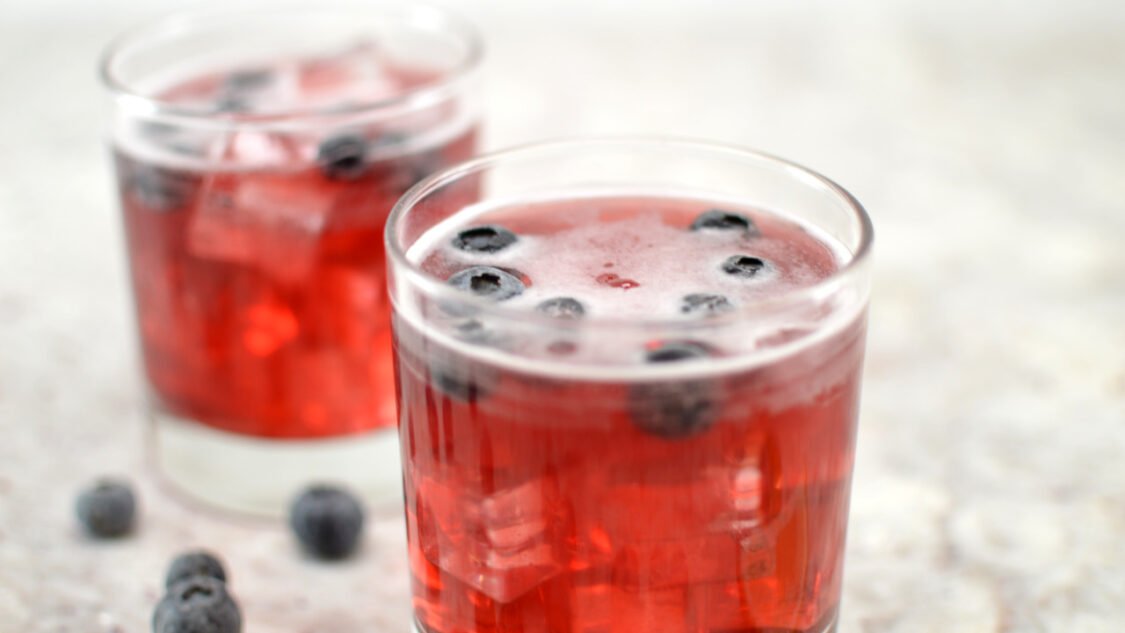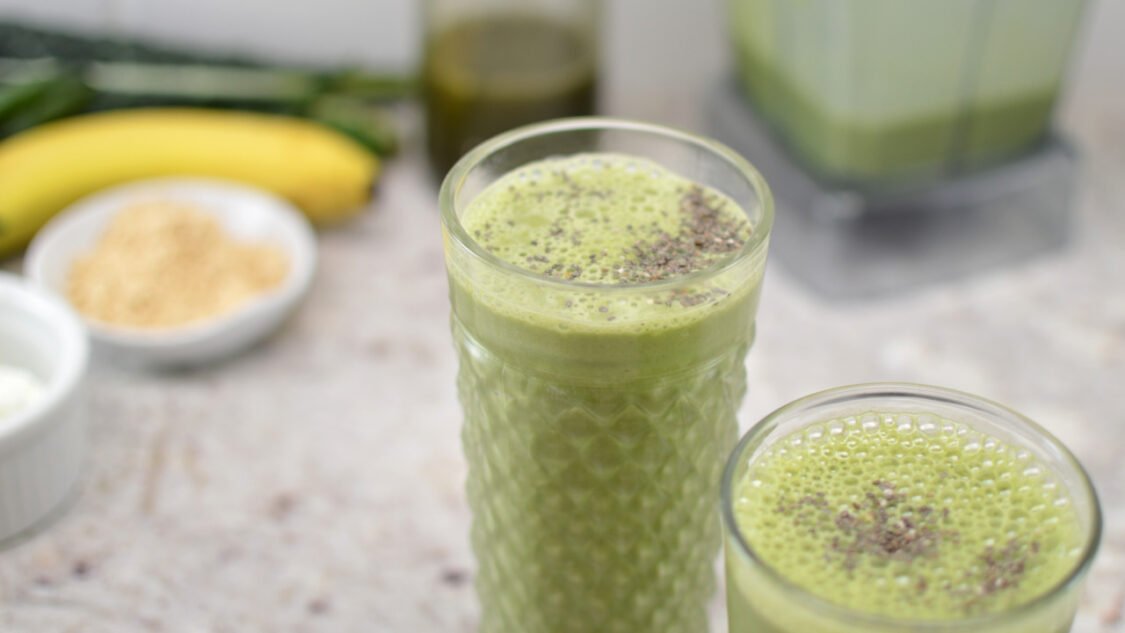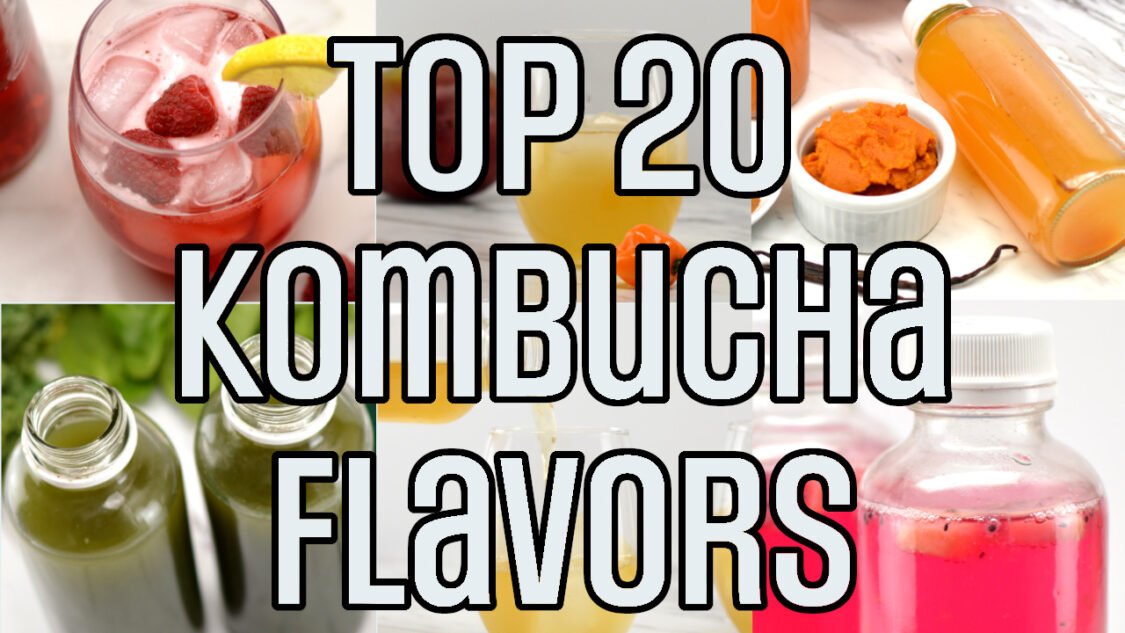Lemon Drop Kombucha Mocktail
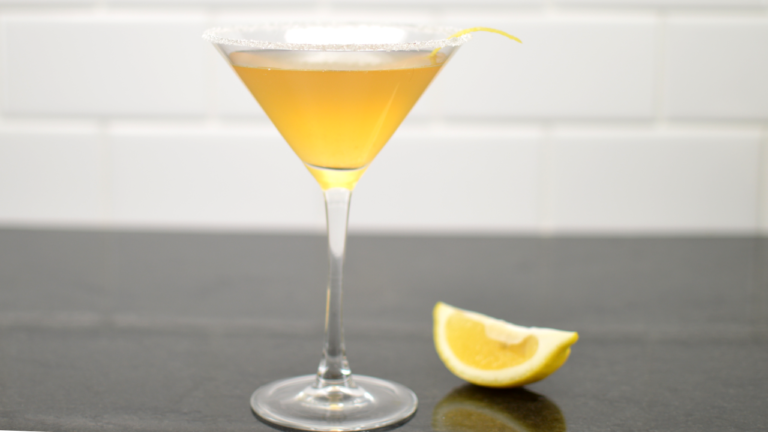
The Lemon Drop cocktail originated in San Francisco during the 1970s, brought to life by Norman Jay Hobday, a Vietnam veteran turned saloon owner. Hobday, credited with introducing the first “fern bar”, a trend blending house plants and Tiffany lamps, achieved instant success with both concepts.
Over two decades, the Lemon Drop became a staple on cocktail menus, captivating bar patrons worldwide with its intoxicating blend of vodka, citrus, and sugar.
Often mistaken for a Martini, the Lemon Drop finds its closest cocktail relative in the Crusta, a 1850s New Orleans creation sharing the distinction of a sugared rim. Though some may be tempted to skip this crucial step, taking a moment to sugar the rim enhances the experience, with the initial sweet touch setting the stage for the ensuing mix of vodka, lemon, and orange.
The best results when making the original cocktail are achieved by using fresh lemon juice and simple syrup. While bottled sweet and sour may suffice in some settings, the combination of fresh lemon and sugar imparts the cocktail with its distinctive flavor. Indulging in the best version not only enhances taste but also reduces the likelihood of unpleasant aftereffects the next day.
Due to its sweet lemony profile, the Lemon Drop invites experimentation. Some bars and home bartenders customize it with citrus- or berry-flavored vodkas, or by muddling fresh fruit into the mix. This recipe reimagines it as a mocktail with a kombucha base. Instead of using vodka, this version features lemon kombucha, resulting in a delicious blend of tangy, sweet, and earthy flavors.
The lemon drop kombucha mocktail has layers of of flavors that are perfectly balanced: the complex, earthy flavors of the lemon kombucha is complemented by the tartness of fresh lemon juice and the saccharine of the sugared rim. A habanero tincture adds a touch of “burn” felt when drinking alcohol and some over-steeped tea simulates the tongue drying affect of alcohol.
What is a Kombucha mocktail?
A mocktail is similar to a cocktail, but without the alcohol. A Kombucha Mocktail features kombucha as a wash in the base of the mocktail.
There are several reasons people choose not to drink such as health, religious, or a personal preference. Kombucha mocktails are great option for those who want to enjoy a satisfying social beverage while abstaining from alcohol. Just because mocktails do not have alcohol doesn’t mean they have to be sweet, boring or unsatisfying.
Kombucha mocktails, in addition to being delicious and satisfying, also contain additional health benefits. Apart from omitting alcohol, additional benefits come from the probiotics and antioxidants in the kombucha, especially in fruit flavored kombuchas.
Click here to read more about how to make great mocktails.
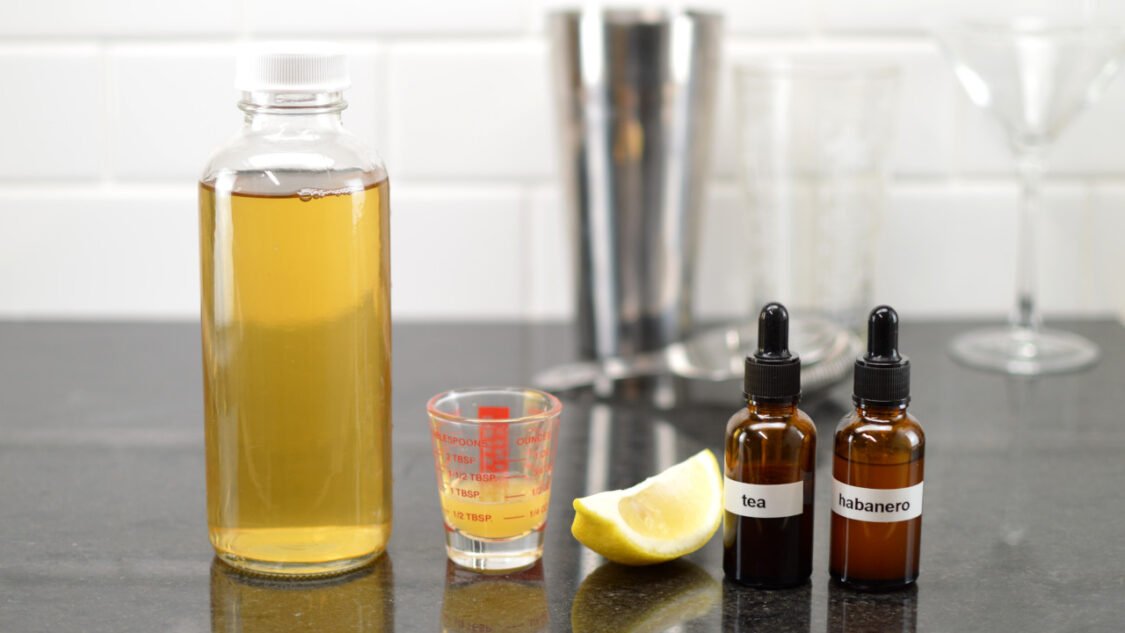
Equipment to make a Lemon Drop Kombucha Mocktail
Shallow Dish or Plate: For rimming the glasses with sugar
Cocktail Shaker: A cocktail shaker or mixing glass to quickly and thoroughly combine and chill the ingredients. I have a basic 2-tin one, I later upgraded to an OXO Insulated one and recently bought an Elevated Craft Shaker during their Kickstarter campaign (affiliate links ↗). Either one is great and in a pinch you could even just stir it well until chilled
Cocktail Glasses: Cocktail glasses for serving your mocktails. For the lemon drop kombucha mocktail I used martini glasses.
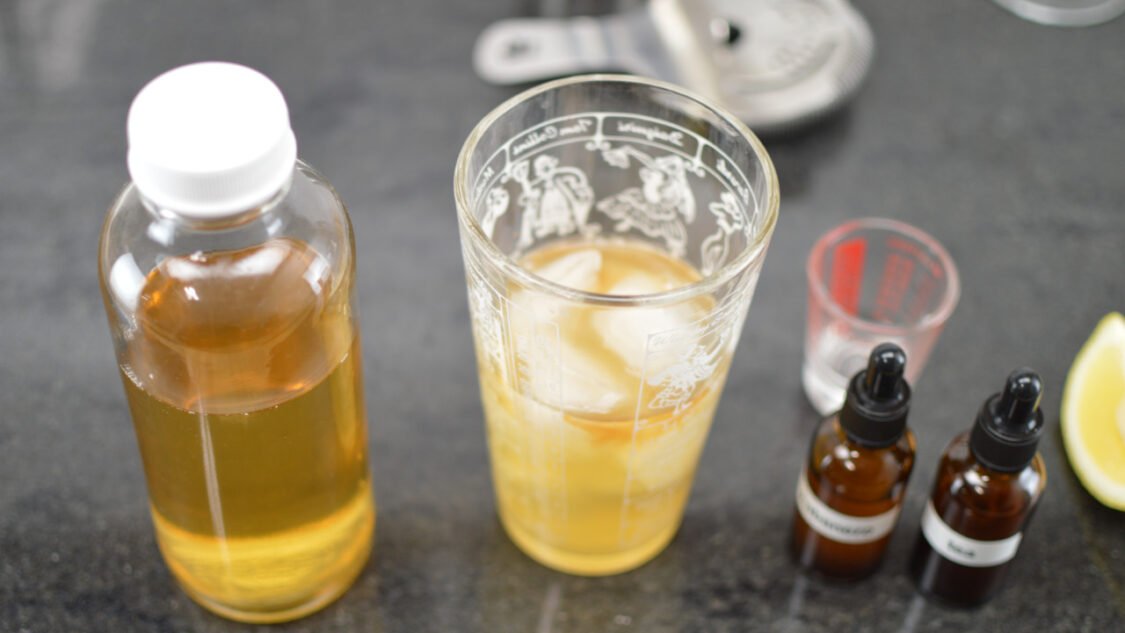
Ingredients to make a Lemon Drop Kombucha Mocktail
Lemon Kombucha: Lemon Kombucha forms the base of the lemon drop mocktail and provides a delicious, effervescent foundation on which to build your mocktail.
Fresh Lemon Juice: Lemon juice adds a bright and tangy flavor with a subtle acidity and tartness to mocktails and is used to balance out the sweetness of the other ingredients and provide a refreshing finish. Fresh lemon juice also adds a slight texture to the mouthfeel of mocktails, which helps make them feel more substantial and satisfying.
Over-steeped Black Tea: Over-steeped black tea mimics the “drying” effect and causes astringency of ethanol due to its naturally-occurring tannins. Over-steeped tea also adds a bit of bitterness to a this mocktail, making it a readily-available alternative to cocktail bitters that use harder-to-find herbs. Here is the recipe for over-steeped tea.
Habanero Tincture: Another trick I employed is to use a habanero tincture, made from vodka or vinegar ito add a touch of heat which create the sensation of the “burn” of alcohol. Habanero peppers contain capsaicin, a compound that stimulates the same nerves as alcohol, giving the drink a more complex and satisfying flavor profile. Here is my recipe to make a habanero tincture.
White Sugar: For rimming the glasses
How to make a Lemon Drop Kombucha Mocktail
Prepare Glasses: Rim the serving glasses with white sugar and set aside while you mix the mocktail
Mix and Chill: Mix the main ingredients with ice until thoroughly and chilled
Fill Glasses: Divide the chilled mixture evenly between the glasses
Garnish and Enjoy: Garnish each glass with piece of lemon rind and enjoy. Cheers!
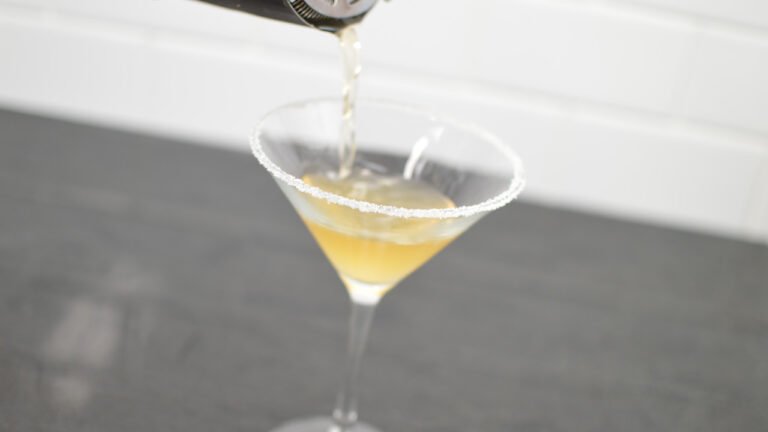
Lemon Drop Kombucha Mocktail Recipe
Yield: 2 mocktails • Active time: 5 minutes • Total time: 5 minutes
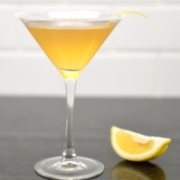
Ingredients:
1 cup lemon kombucha
1/2 oz honey, 3 tsp
1/2 oz fresh lemon juice, 3 tsp
3 drops Over-steeped Tea
4-5 drops Habanero Tincture
Ice for mixing and serving
Lemon rind (for garnish)
Instructions:
Rim Glass: Rim glasses with sugar and set aside to allow sugar to dry and adhere better (see tips & tricks for detailed technique)
Mix: In a cocktail shaker over ice, combine lemon kombucha, honey and lemon juice. Add 3-4 drops each of over steeped tea and habanero tincture. Shake vigorously for about 30 seconds until thoroughly combined chilled. Sample mixture and add more habanero tincture to taste, shaking and sampling after each addition. The mocktail should have a slight lingering “burn”, as with vodka, after swallowing each sip.
Fill: Strain the chilled mixture into a chilled martini glass that has been rimmed with sugar.
Garnish: Use fresh lemon to make a garnish for each glass. See tips & tricks below for detailed instructions.
Tips & Tricks:
Rimming glasses: To sugar rim a cocktail glass, you will need a shallow dish or plate and some granulated sugar. First, moisten the rim of the glass to help the sugar stick. I like to use a piece of cut fruit that complements the drink such as lemon or lime.
Dip the moistened rim of the glass into a thin layer of sugar spread evenly on a plate, rotating the glass gently to ensure that the sugar adheres evenly to the rim.
Once the rim is coated with sugar, gently tap the glass to remove any excess sugar that may be loose. Allow the glass to sit while you make the drink to allow the sugar time to set.
Garnish: To make a mocktail garnish from a lemon peel, use a sharp paring knife to cut off a small strip of lemon peel, ensuring that you only take the colored part of the peel and not the bitter white pith. Take the strip of peel and gently twist it to release some of the lemon oils over the drink to enhance the flavor of your mocktail.
For a twist, use the paring knife to cut a small notch in one end of the peel and then twist it into a spiral shape. Or cut the into small strips, squares or other shapes. Place the garnish on the rim of your mocktail glass or drop it into the drink. The lemon peel will add a subtle citrus flavor and aroma to your mocktail and also adding an attractive visual element that makes your drink look more enticing.
Nutrition Information:
You Might Also Like
Helping you learn to brew kombucha, find inspiration for new kombucha flavors and use kombucha to make kombucha mocktails

